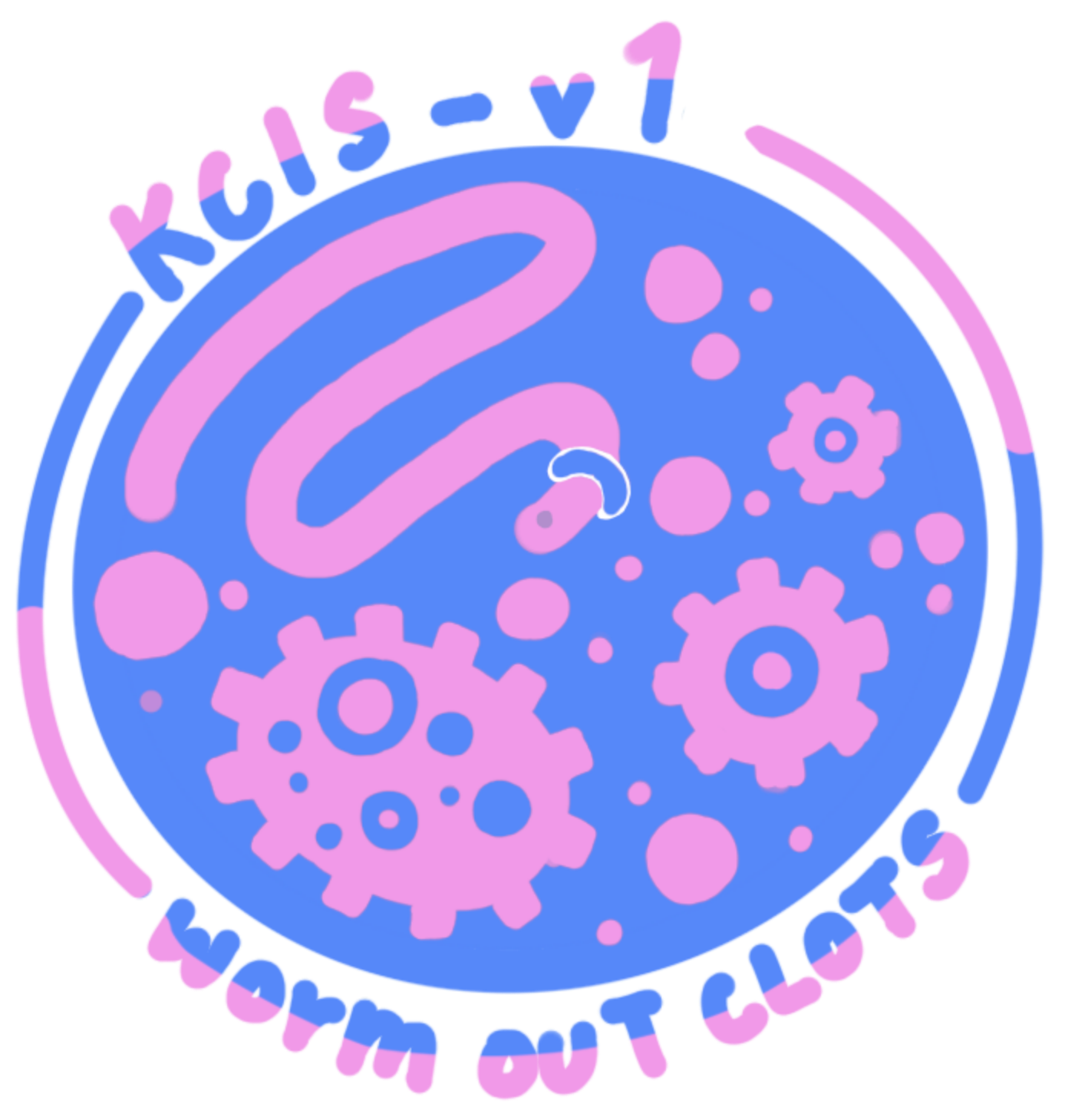
Learn
Cycle #1 - Gene Fragment Cycle
Taiwanese earthworms, Lumbricus Bistamus, have over 200 bacteria present in their bodies that prevented us from successfully extracting the lumbrokinase gene, so to solve that issue we had to adjust the diet of the earthworm samples we took and alter the methods of extraction. Instead of allowing them to continue feeding on the bacteria-infested soil and its nutrients, we limited the earthworms diet to only deionized water. The result of the change in diet allowed us to successfully extract the lumbrokinase gene, with the help of a commercial kit, from within the earthworms since the deionized water does not contain dissolved mineral particles. Another change was the tissue extraction of lumbrokinase that we decided to use a tissue grinder and glass pestle as opposed to directly cutting the earthworm into four parts: the head and three intestines. By evenly grinding the tissue, we were able to make significant improvements to the concentration and nucleic acid purity of the samples of lumbrokinase tissue. Thus, by feeding deionized water to the earthworms, we succeeded and made improvements in extracting lumbrokinase from the earthworm sample group based on results from the spectrophotometer and gel electrophoresis that confirmed the existence of the Lumbrokinase gene.
Cycle #2 - Plasmid Cycle (pGEM-T EASY vector → pET-22b)
Producing lumbrokinase enzymes require both molecular cloning from earthworms into a vector suitable for insertion into E.coli as well as protein expression of the lumbrokinase enzyme to confirm its presence. One of the problems we encountered was selecting the most appropriate vector that could be used for molecular cloning and protein expression; however, we realized we would have to use two different vectors that served our two purposes. Thus, we selected pGEM-T EASY vector as an entry vector for stable cloning and preservation, and the pET-22b vector as our protein expression vector. The choice of pGEM-T EASY is based on its high copy number – leads to higher enzyme concentrations – that made it suitable for molecular cloning. Further, the pET-22b vector already had features like the Lac operon that made it fitting for us to perform protein expression based on IPTG induction or O’Leate induction. Then confirmation of Lumbrokinase into pGEM-T EASY vector and transformation into E.coli DH5-alpha was done by conducting blue-white screening, while Lumbrokinase into pET-22b and transformation into E.coli BL21 was confirmed with gel electrophoresis and nanodrop. Thus, we concluded that our cycle of two vectors has been successfully transformed and contains the Lumbrokinase gene.
Cycle #3 - Primer Design Cycle
Performing O’Leate induction was different from IPTG induction, so we had to replace the Lac Operon in pET-22b, because that would not work for O’Leate induction, with a pFad regulator. We realized that looking at the gel results from our designed overlapping primer pair and two restriction sites, the primers were properly annealed because the annealed bands would move faster than our forward, reverse, and 100°C heat annealed bands due to the difference in structure and electric charge.
Cycle #4 - BL21 and Protein Expression Cycle
For our project, we first had to select the suitable strain of E.coli to perform our transformation and protein expression. As a result we chose BL21 due to its use as an expression strain for heterologous protein expression that has reduced protease activity that could improve yield and quality of recombinant protein. Then for our two protein expression systems, IPTG induction and O’Leate induction, we determined that the optimal parameter of both expression systems was at a temperature of 25°C, while IPTG functioned best at 500 micromolars and O’Leate at 2.5 micromolars. As for the timepoints, the results of the western blotting from IPTG indicates the highest amount of protein at 6 hours, while O’Leate induction was 24 hours.